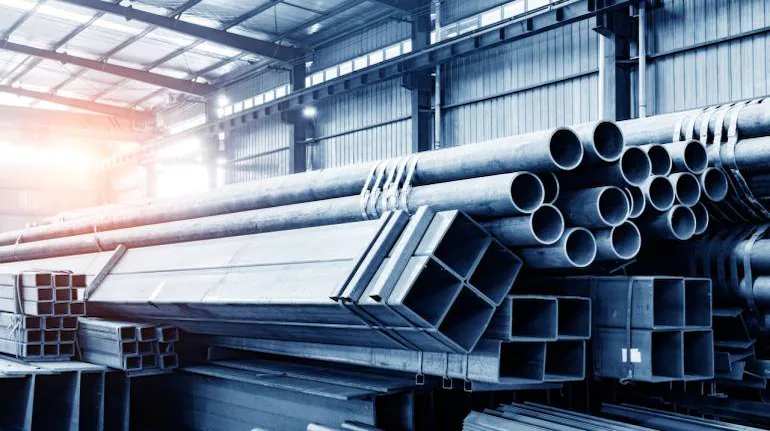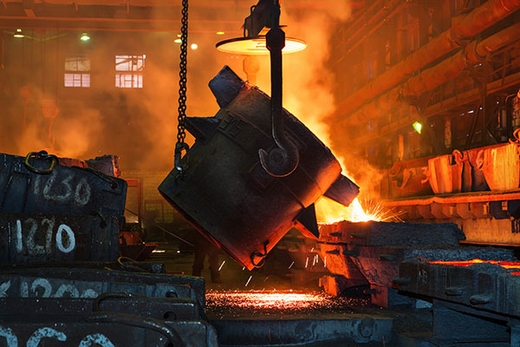The steel industry, a vital component of global infrastructure, has long been associated with high carbon emissions and environmental degradation. However, in recent years, there has been a growing movement towards cleaner and more sustainable practices within the sector. Pioneering companies are leading the way by adopting innovative technologies and processes that reduce emissions, conserve resources, and promote a greener future. Let’s explore the new developments in cleaning up the steel industry and the potential for transformative change.
The Carbon Challenge in Steel Production:
Advancements in Clean Technologies:

Circular Economy and Recycling:
magnetic separation and sorting systems, to efficiently recover and reuse steel scrap. By creating closed-loop systems, the industry can minimize waste and contribute to a circular and sustainable economy.
Collaboration and Partnerships:
The Business Case for Sustainability:
Conclusion:

circular economy are driving the industry towards a cleaner, greener future. By fostering collaboration, creating supportive policies, and prioritizing sustainability, stakeholders can accelerate the transition and ensure a sustainable and resilient steel industry. This shift not only benefits the environment but also presents significant business opportunities, making sustainability a win-win proposition for all.

